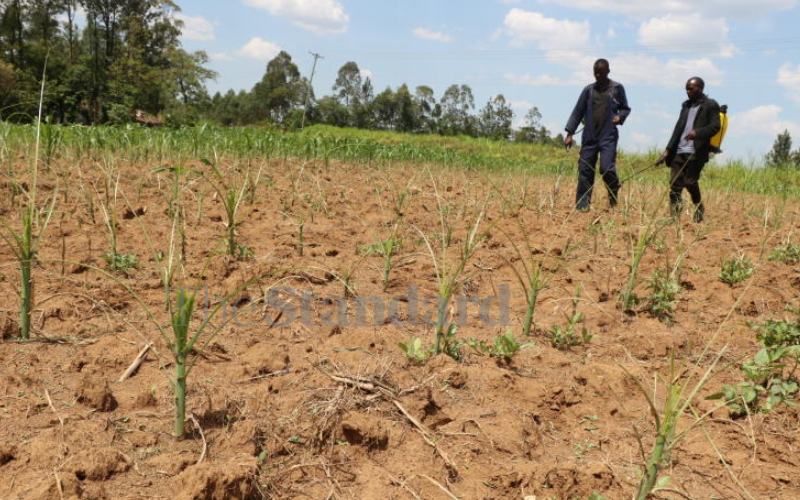×
The Standard e-Paper
Stay Informed, Even Offline

Farmers in parts of Western, Rift Valley and Nyanza are staring at losses after fall armyworm invaded their farms, destroying maize, sorghum and finger millet.
Mr Milton Odhiambo, a farmer from Nasewa in Matayos, Busia County, said he was shocked one day when he woke up and found his farm invaded by the fall armyworm.